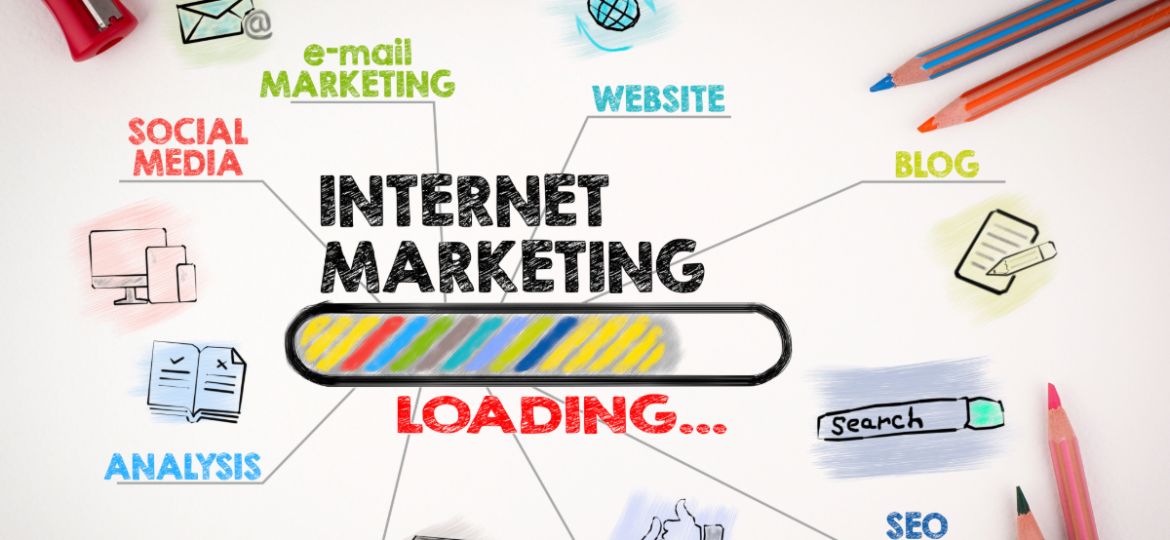
Good marketing is the backbone of any dealership. As equipment dealers working in such an interconnected world with numerous options for buyers to choose from, marketing is what helps your business stand out. Unfortunately, no matter how good of a service a dealership provides, the marketing strategies—or lack thereof—are often what stop the public from ever knowing about them.
IT TAKES MORE THAN A NICE WEBSITE
Successful marketing tactics take more than just cool graphics and a polished website. It’s important for equipment dealers to identify not just the customers they want, but the customers who need their inventory, where those customers already are, and then tailor their tactics to meet them there.
Oftentimes, dealers notice a change in business—whether it’s a downturn in website traffic or online leads, less engagement on social media, or fewer walk-ins to the lot. It can be frustrating to identify the cause of these issues, especially when there hasn’t been a change in staff, service quality, or units offered.
But when there’s no material change to the dealership and business is still declining, the best response is often a change in marketing. Every good marketing plan should work to maintain existing customers, but the only way to grow is by reaching new ones.
Dealerships should regularly consider changes in demographics, shifts in culture and values, and broader economic factors when evaluating their marketing approach.
UNDERSTANDING DEMOGRAPHIC SHIFTS
One major change that many equipment dealers can relate to is a shift in their customer base. The world is changing rapidly, and the differences between generations are becoming more pronounced. Many dealers see a clear distinction between their older buyers and the younger audience they’re now trying to reach.
A challenge many dealerships face is figuring out how to appeal to younger generations—such as Millennials and Gen Z—while still maintaining the loyalty of long-time customers. If you start to notice changes in customer activity, consider exploring marketing tactics that resonate more with younger equipment buyers.
Although younger audiences often use the same types of equipment as their predecessors, how they find out about those products and what they value in a company can be very different. Whether it’s by analyzing social media data, bringing on fresh marketing staff, or using familiar tools in new ways—such as LinkedIn, YouTube, or Instagram—dealerships that want to stay competitive should put focused effort into reaching younger audiences.
KEEPING UP WITH CULTURAL CHANGES
Tied closely to generational differences are broader shifts in society and culture. What appealed to customers years ago may no longer be as effective—or even acceptable—today. Any dealership that wants to grow and remain relevant must stay aware of the world around them.
If your marketing efforts are no longer bringing in the same results, it’s worth asking whether your messaging is still relevant and aligned with your audience’s expectations. Your branding and advertising should be up to date, appealing, and appropriate for today’s market.
EVALUATING ECONOMIC REALITIES
While reaching new audiences and staying culturally relevant is important, your dealership must also offer equipment and transparent pricing that customers can realistically access and afford. From inflation and fuel costs to shifting industries and income levels, the way customers shop for equipment has changed.
If you’re seeing a drop in leads or sales, take a step back and evaluate whether your inventory still fits customer needs and whether your marketing is effectively communicating that. Tracking data and analytics with business intelligence tools can help your team determine whether you’re targeting the right demographic, and whether that audience has both interest in and access to your offerings.
If not, it might be time to adjust either your marketing approach or your business strategy to better connect with today’s equipment buyers.
GET STARTED
Running a dealership in today’s ever-changing world isn’t easy. There are a lot of moving parts, and understanding customer behavior is a constant effort. But before assuming the worst when business slows down, take a look at your marketing. Make sure you know who your audience is, where they are, and how to reach them. Then make sure your business is still accessible to them. A strong marketing strategy can make all the difference.



